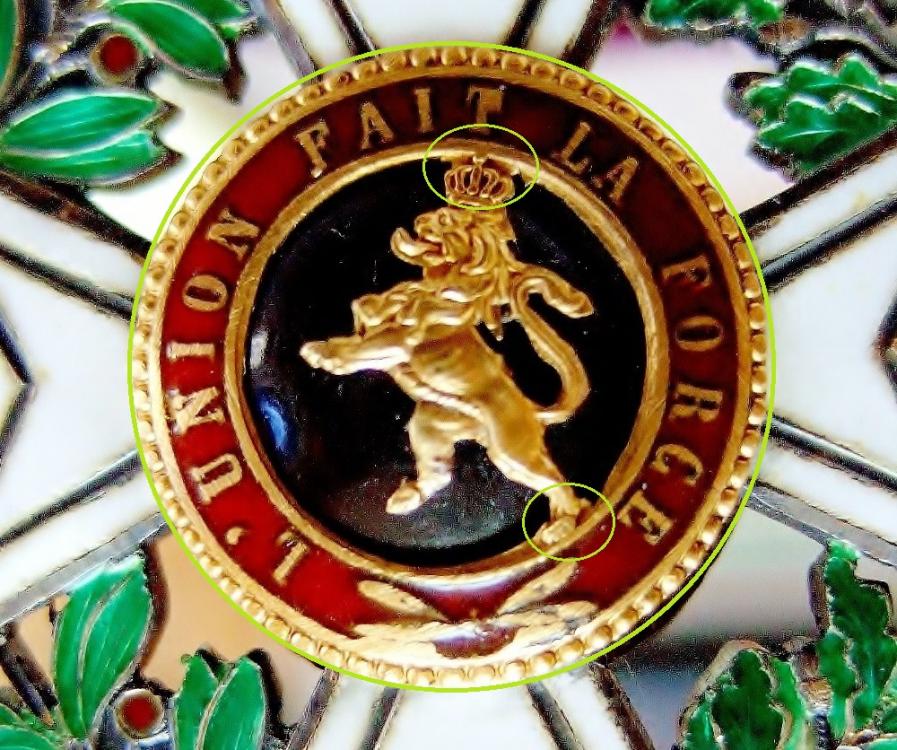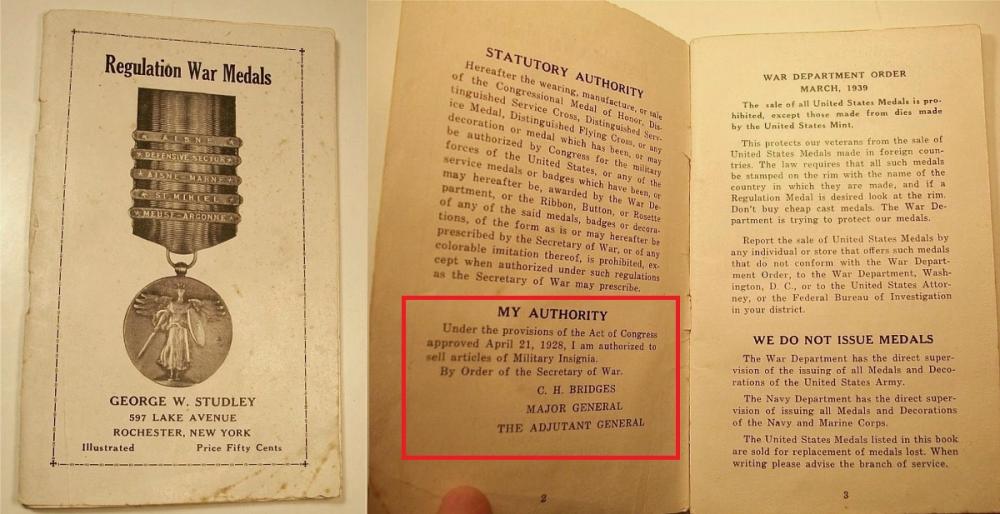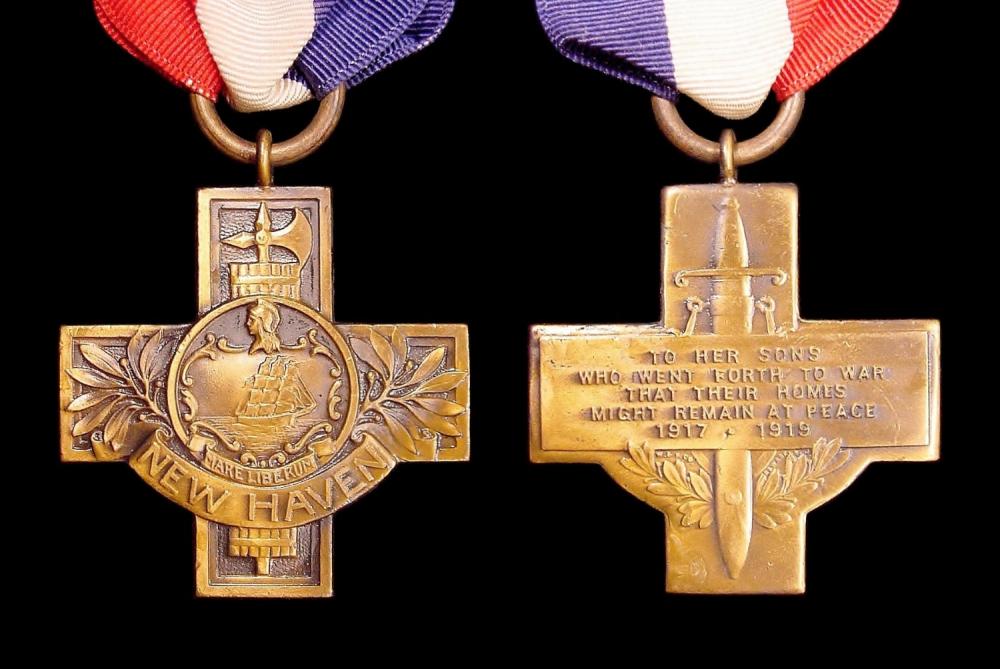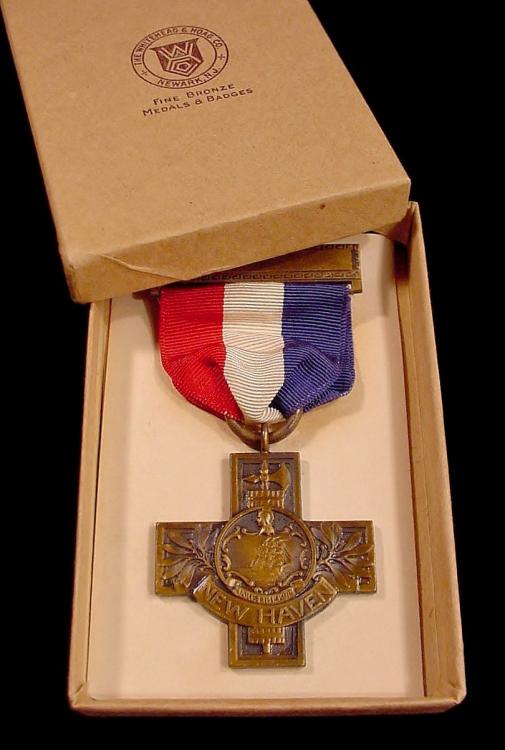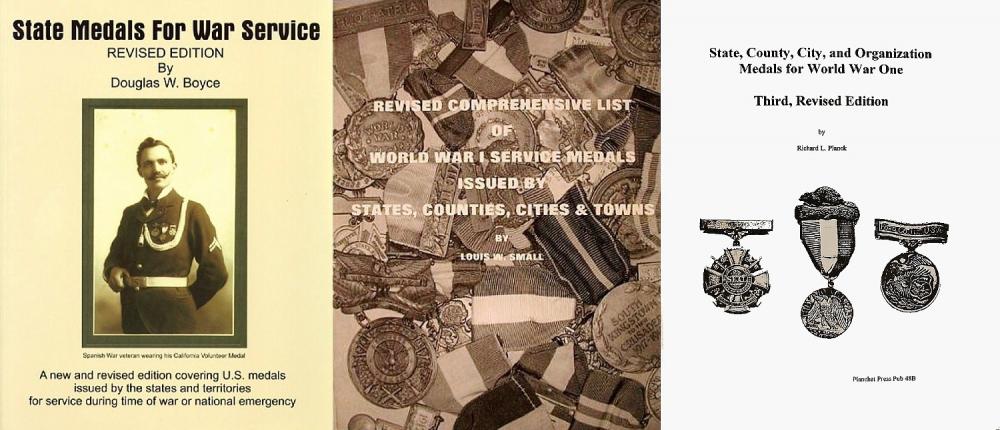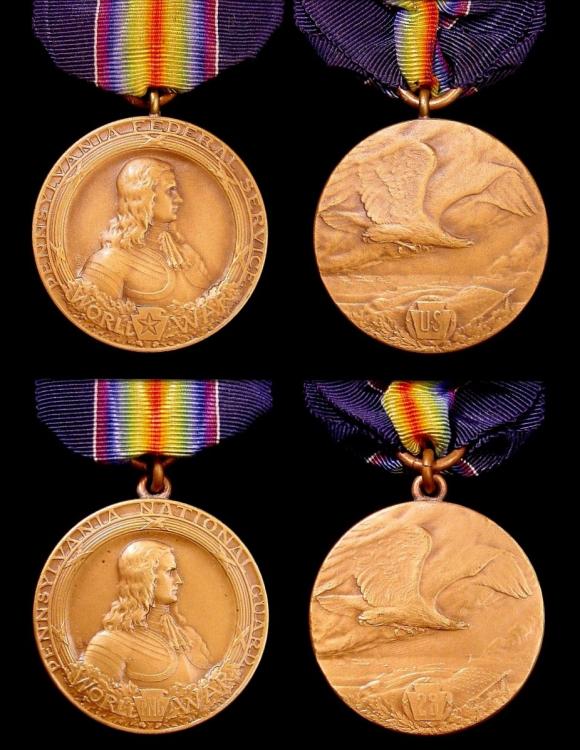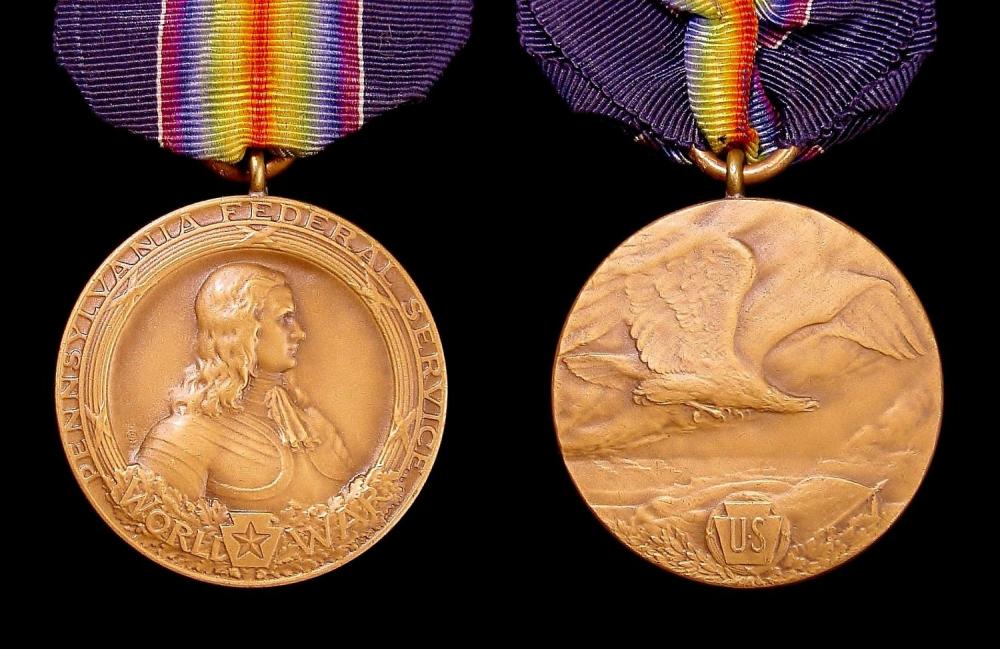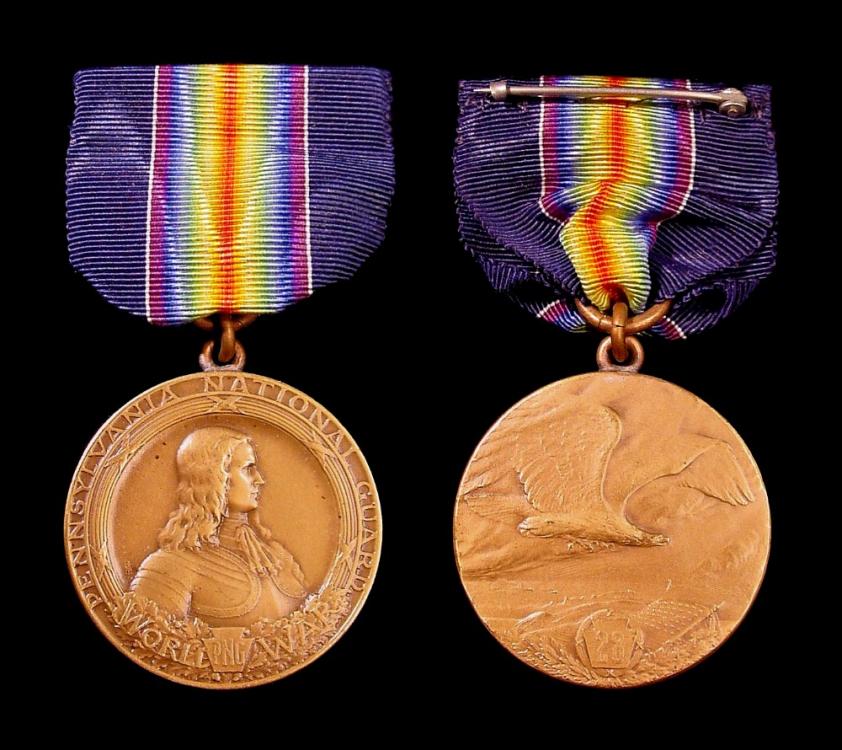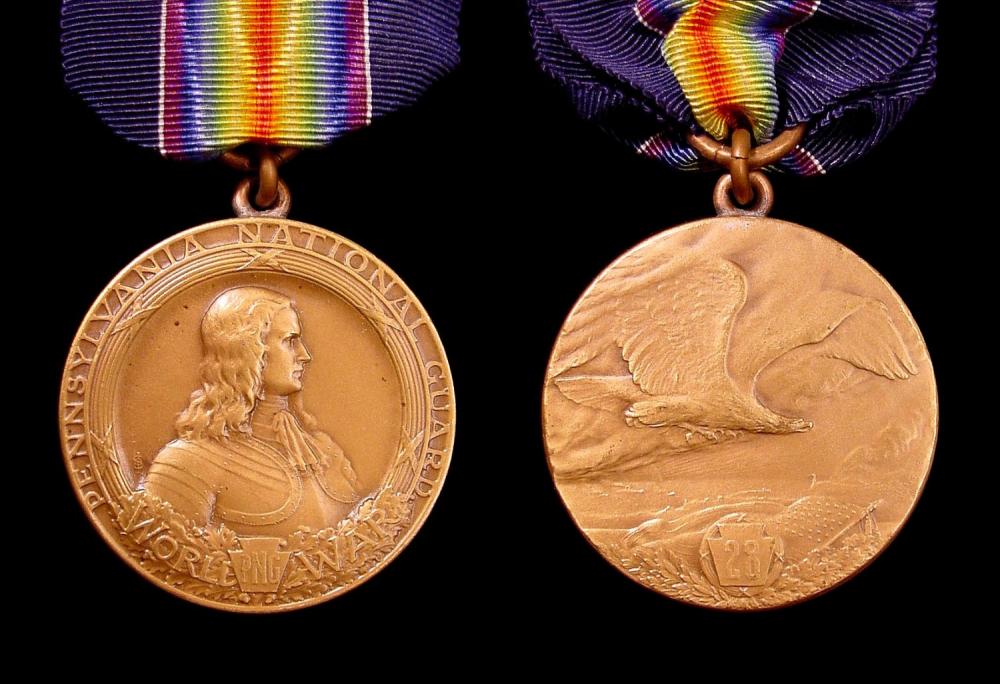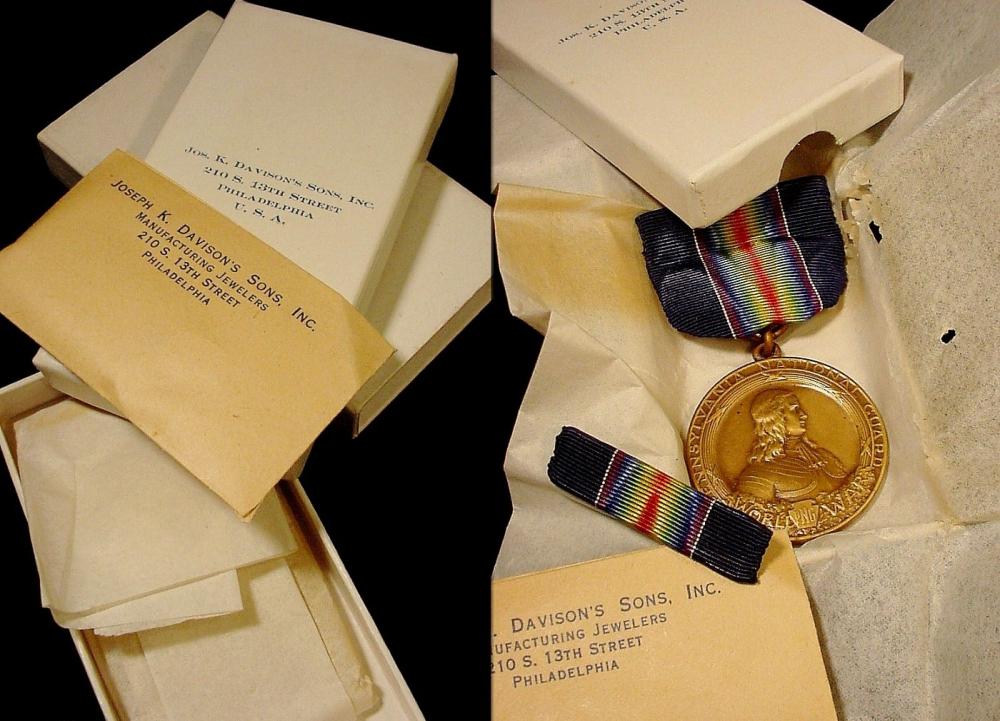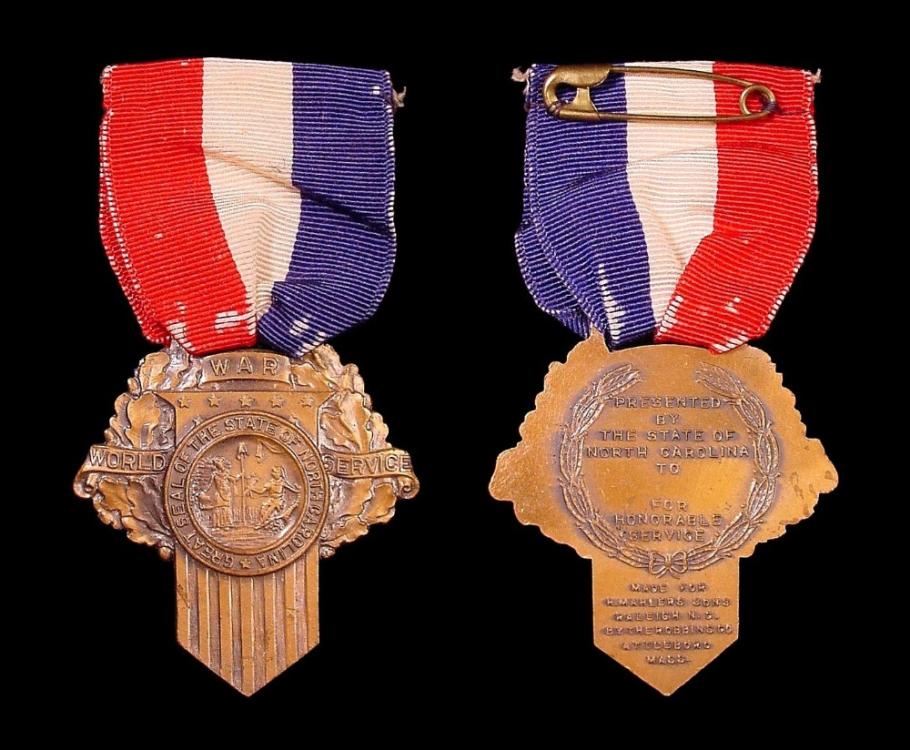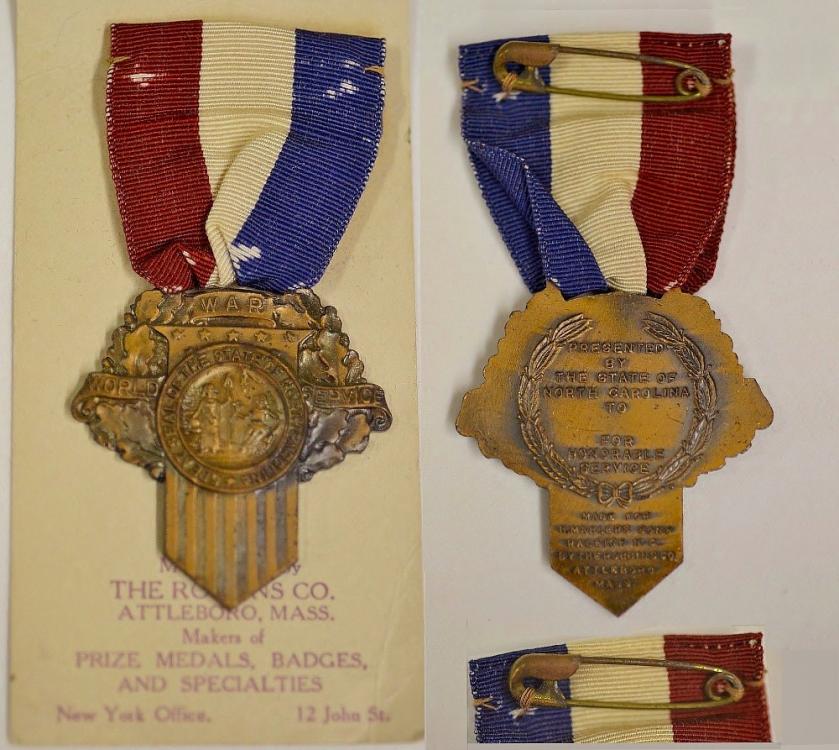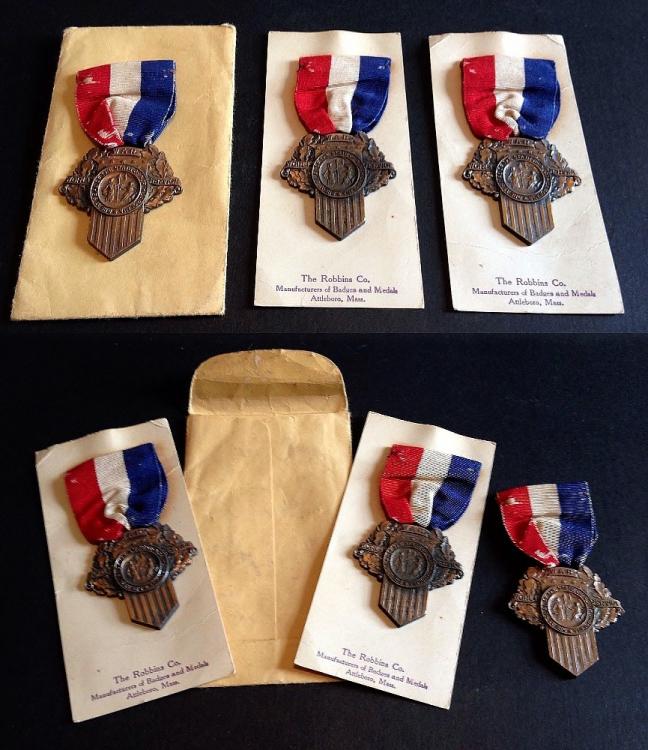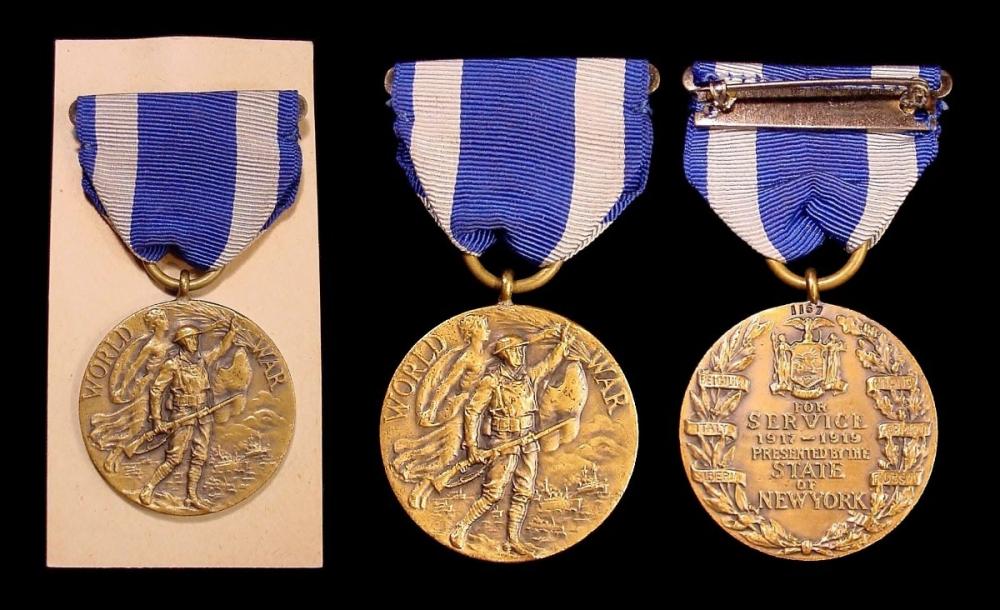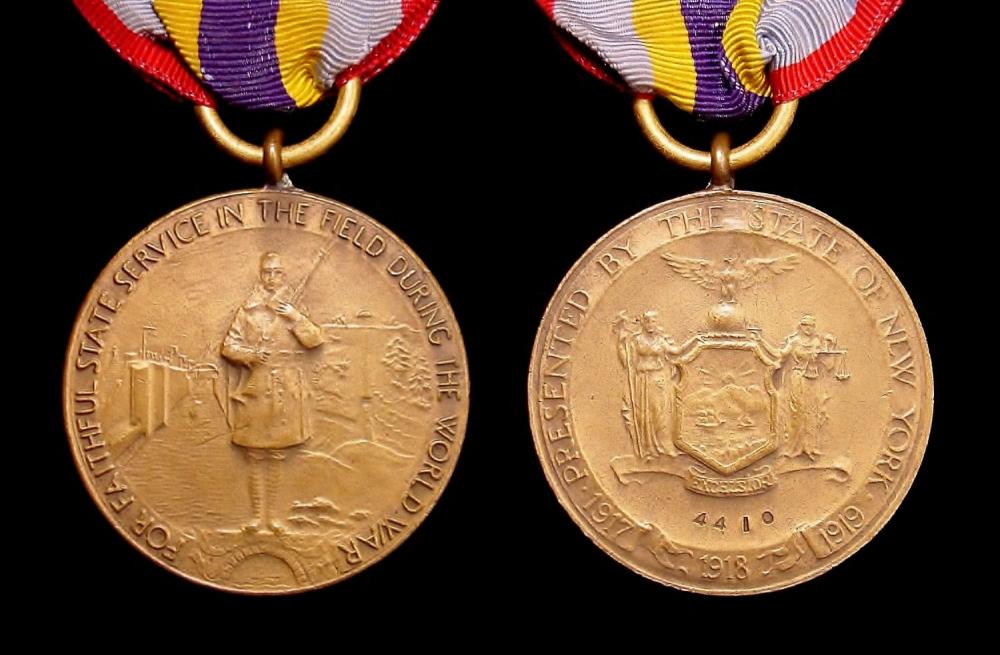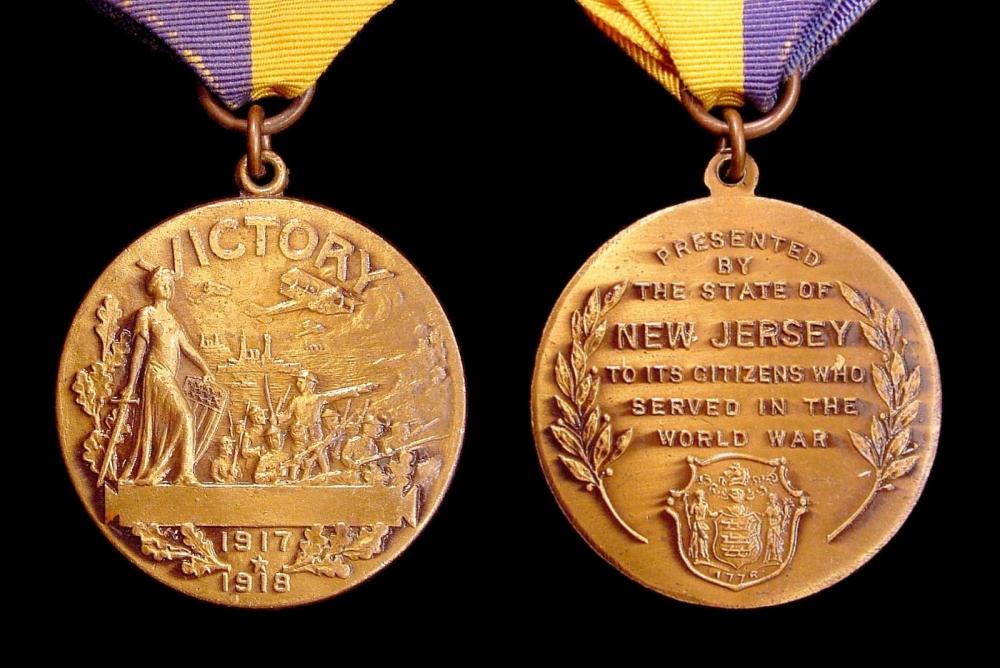
Tim B
Past Contributor-
Posts
2,234 -
Joined
-
Last visited
-
Days Won
2
Content Type
Profiles
Forums
Blogs
Gallery
Events
Store
Everything posted by Tim B
-
Belgium belgian Order of Leopold l
Tim B replied to Laurence Strong's topic in Northern European & Baltic States
I see this thread is over a year since last entry so thought I would ask a question here and revive it a bit. I have an item that uses a one piece center applied over the black enamel. If you look carefully where I highlighted the points in green, you can see the lion is connected to the red scripted area and the whole center is actually mounted over the black enamel. The lion has great detail but is quite thin in base material. Any ideas? Tim -
My Collection of Yugoslav cap badges, 1941-1991
Tim B replied to GC*'s topic in Southern European & Balkan States
Not really studying these per se but it appears the originals have that same sunburst pattern under the enamel, similar to those cap badges I shown in post #9, where the "fake" example/s do not. The enamel looks unevenly applied on those in question as well. Is that correct? Still, the material appears more robust than the Russian stuff of the '80s and '90s. Tim -
Thanks guys! I must have misread something in the past. I am happy that it is war time issued though! Tim
-
-
My collection of Bulgarian cap badges, 1944-1991
Tim B replied to GC*'s topic in Central & Eastern European States
Hello GC, Yes, understand the partisan badge does not really belong here but Bulgarian items are so far and in between... I started on cap badges but like you...had to stop somewhere and only collect in the U.S. area now. Just too many directions to follow. You have a very nice collection here! Tim -
Hi Rob, Yes, I read that in Laslo's book as well. So, similar to the Studely offerings in the late 1920's through '40s, only in Greece/Europe. Of course, he also sold foreign medals in addition to American items. A bit off the Greek topic and more on the American front but it applies in this case here. What I find troubling is the double standard some collectors always seem to have with labeling period pieces marketed by George Studely as total reproduction and crap, but have absolutely no issues with the ones produced by companies like Delande, etc. I know some collectors that even willingly accept current manufactured examples from companies like Graco/Northwest Territorial Mint or Ira Green and consider them authentic because some relative petitioned for the service member's medals 70 years after the fact and got them through official channels. Considering Studley was authorized by the government to sell items back in the 1920's to 1940's, I don't understand why some people will not accept something the vet actually purchased from his catalog back in the 1920's. Ridiculous in my opinion but to each his own I guess. To be fair; the definition of reproduction loosely translates as "a copy or duplicate of an original", so within the context of collecting anything produced after the initial production of an item is, by definition, a copy or reproduction. Understand we can debate the definitions of re-issues, restrikes, etc. until we are blue in the face, so... let's not here. Anyway, Tim
-
Hi Jeff! Yes, I tend to think many didn't bother to get the medals and were just glad to be back home alive. Wasn't it last year that Missouri found a large stash of state issues and started making them available to next of kin? Seems like many were original strikes still in the original manufacturer's box. Tim Found it: http://www.moguard.com/moguard-veteran-awards.html
-
Most likely 5th class. Although 6th class is also theoretically possible. Let`s not forget that rays became elongated only around 1940 Yes, I suppose that's true, forgot they changed so it was easier to differentiate between the two levels. Sometimes its hard to really tell based on the photo. We really need a good discussion thread on medal/ribbon bars; make up, materials used, how the bars were put together, etc. I've seen bars that have medals sewn together on flat metal bars, most with those folded bars, some riveted, some not, stitching around the medal's suspension to hanger.... So many variations, how do you tell what's period authentic and recent put together? Tim
-
Rick, Okay, as you probably already realize, the Boyce reference only covers medals at the State issued level, so nothing there for city/local issues. Planck did a classification system and this was classified as a Whitehead & Hoag Type 6B (WH6B) and this specific medal is illustrated in the book. Whitehead & Hoag used this basic star shape for several medals but had some variations in details, in this case the Type 6 had an A, B, and C variation. Information shown was: tricolor ribbon, blank top bar with a scrolled edge. He listed the 1920 pop at 15,721. Small used a different classification system and the basic star shape is listed as Type WH7. Though he lists A-F variations, none have the exact pattern as the Sunbury medal and in the Pennsylvania section, he only used I.D. # PA99 with no mention of type for the manufacturer of the medallion or brooch style. He also has the 1920 pop at 15,721. A quick mention on the 1920 population census. The numbers from the 1920 census were used to come up with an approximate figure of the population that likely served in the war. Based on known numbers of service personnel, the census numbers arrived at a figure of 4.12% of the U.S. population that served and thus "theoretically" 4.12% of each locality probably provided servicemen. I personally think that cannot be applied across the board and in some cases we know it was not the case. One thing Small does mention though is a "statistical estimation" of medals issued. That estimation is based on the above and not actual records where documented issued medals were recorded. In the case of the Sunbury medal, the estimate is 648. I should add however, that others have found Small's estimates to be low in many of the medals produced and available on the market. Hope that helps. Tim
-
Hi Rick, Those New Hampshire medals are available and sometimes pretty cheap but I have seen some with replaced ribbons as well, so you need to really look at them. Beautiful patina on your example and I agree, a great design! Do you have any of the references I shown above? If not and need information on one of your items let me know, I can see what I can dig up. Tim
-
Not much movement here so thought I would add another; a city example for a change. New Haven, Connecticut I think about 7,000 were actually issued and the medal is one of the more common ones found in near mint condition. You used to find these all the time still in the Whitehead & Hoag box of issue for fairly cheap, but lately..?
-
My Collection of Yugoslav cap badges, 1941-1991
Tim B replied to GC*'s topic in Southern European & Balkan States
Hello paja, Thank you for that, I do seem to remember when buying these that the gold one was supposedly a police version but its been sometime now since looking at them. Thanks for not beating me showing my partisan stars even though they are not "hat" badges. Just so few opportunities to show/discuss anything Yugoslav. Best, Tim -
My collection of Bulgarian cap badges, 1944-1991
Tim B replied to GC*'s topic in Central & Eastern European States
-
My Collection of Yugoslav cap badges, 1941-1991
Tim B replied to GC*'s topic in Southern European & Balkan States
Hi GC, I don't think I've ever posted any of my Yugoslav items here and honestly don't have much to show off. I will just post what I have and hopefully everything will be good! First up is a couple of 3rd Class Partisan Stars: Yugoslavian Order of the Partisan Star 3rd Class Mondvor #8975 Yugoslavian Order of the Partisan Star 3rd Class Ikom #27463 Only have a couple of hat badges and am not sure what exact service they go to. The quality of construction is not the greatest so I questioned them but paid very little for both if not authentic. Tim -
Nick, If I were to make a suggestion on improving the search function, it would be to search by threads or have a selection option for searching by threads or posts. Currently, when I search items, it gives every single post which generates pages and pages of possibilities but for someone that just wants to read past information on a specific item you continually go back over the same material. It really bogs one down and eats time searching. Just a suggestion here and I appreciate all the time and hard work by those involved. I have noted the similarities in forum layout between GMIC and USMF, is the same organization involved with both forums? Best, Tim
-
Paul, Here's one of mine and you can see the reverse on the official issue has the letter "O", where your example is missing that. I know very little on these "missing O" varieties but they are starting to show up more and more on venues like Ebay: http://www.ebay.com/itm/Victory-Medal-RARE-Greek-missing-O-WW-1-era-Inter-allied-medal-/281768720332?hash=item419ab977cc So, what does mean??? Perhaps others like Rob or one of the Greek members here can comment better as they might have a better handle on what's going on with these in particular. Rare, copy, ?? Also, I too am looking for a nice Cuban example however, I have seen a couple sell on Ebay recently that others have told me were fakes, so... Good luck! Tim
-
Hi guys, thanks for looking and commenting! Lambert, Yes, sorry I did not add a lot of information regarding the symbolism of each medal's design as I felt it might be too much here. The man shown on the obverse of the two medals is William Penn. You can read his biography here: https://en.wikipedia.org/wiki/William_Penn Based on the portraits in the article and on the medals, I would say it's when he was around 22 years old. Just for added information, on the Mexican Border Service Medal, they have his name shown under the bust. Tim
-
Well, that's all I have in the WW1 (European Theatre) area. I have a couple of city and local issues but will save those for a later day. I also didn't want to post any of those medals awarded for service specifically on the Mexican Border, even though the timeframe is appropriate. If there is an interest in those items I could be persuaded to post those as well, though I would like to see other member's examples pertaining to WW1. Perhaps we could make a separate thread for those other items? See what level of interest first. I will end with showing three references that I have found somewhat useful in pursuing these State issues. Of the three, I find the Doug Boyce reference the most informative and helpful. The other two are, in my opinion, okay but lack the type of information I find important and interesting. No one reference shows or tells everything but I think Doug did a really nice job putting the information together and a lot of the information in my write ups came from his book. Highly recommended and I think the book is still easily found, unlike the other two. The Louis Small reference gives 1920 census data, more information on the local issues and estimates on numbers awarded. It shows differences in design, etc. The Richard Planck reference is similar and shows more designs, by manufacturer, and the different local/city examples that shared the common designs. It also lists the individual counties, cities, towns in each state that issued medals. Hope you enjoyed it! Tim
-
Pennsylvania World War Service Medals Similar to Missouri, Pennsylvania produced different medals for Federal Service and National Guard veterans that served in the World War. Again, here is quick comparison of the two medals. Though the overall design is the same, the inscription and details within the Pennsylvania “keystone” shield are different. Pennsylvania World War Federal Service Medal Established under Legislative Act No. 94 of April 27th, 1937. The medal was provided upon application to honorably discharged veterans of the World War who were residents of Pennsylvania at the time of their entry into the service and who served at least three months between April 6th, 1917 and November 11th, 1918. The medal was not authorized for those personnel that were in the Pennsylvania National Guard on or prior to August 5th, 1917 and received the National Guard version of the medal. Pennsylvania National Guard World War Service Medal The awarding authority is uncertain here and Boyce states that it was probably created under the same Act that authorized the Federal Service medal. The medal was awarded to all officers and men that were enrolled in the Pennsylvania National Guard prior to August 5th, 1917. On July 14-15, 1917 the 28th Division was mobilized with 26,000 men or about 95% of its authorized strength. The Division saw considerable action during the war. Where the Federal Service Medals are rather difficult to find, the National Guard Medal has been very abundant on the market and can still be found in mint condition, often still unwrapped in the original box of issue. These sets are quite nice and include the service ribbon, all individually wrapped.
-
Oregon Bronze Medal For World War Service Established by an Act in the General Laws of Oregon, March 4th, 1919. Presented to Oregon’s soldiers, sailors and marines and other personnel entering the military and naval service of the United States since the commencement of U.S. participation, and who are honorably discharged. A fairly common and inexpensive medal sometimes found with the card. Not sure if Oregon shipped these in an envelope or box as I’ve never seen anything however, I tend to think an envelope is the stronger probability. It is also another medal where Whitehead & Hoag put their hallmark on all the components.
-
North Carolina World War Service Medal The North Carolina General Assembly approved this medal on March 10th, 1919. Presented to all North Carolina veterans, including National Guard personnel, that served during the Great War. Besides the D.C. medal previously shown, this was the only other medal issued with a safety pin style of attachment and interestingly, also manufactured by the Robbins Company. This is another medal often encountered with tattered or missing ribbons but, as you can see below, there are examples still being found with the card information and to a lesser degree, original envelope. Also note that the card information appears to have variations. Taking a guess based on overall finish of the medals, I would say the group medals are later production.
-
New York – Medal of Honor For World War Service New York has a significant military history and a long history of honoring it’s veterans with medals well back into the mid-1800’s. Established in the Laws of New York and approved by the Governor on March 31st, 1919 this medal was made available to any citizen of the state who entered service in the war against Germany or its allies. Similar to New Jersey, it was also available to the families of qualified veterans who died after entering service. Considering New York provided some 400,000 personnel to serve in the war, it’s one of the main reasons we see this medal more often than the others. Unlike most other state issues, the majority of New York medals are serial numbered and the number can be found on the reverse, just under the suspension ring. According to Boyce, some 20% of medals actually issued have issue card information and there is a numeric data base available. The OMSA web site should be contacted and asked if it might be able to trace the serial number. The New York medals actually have a two-part box; an outer grayish cardboard box, often with the serial number hand written on it, and an inner white box that actually held the medal on a card. Both boxes are made up of a top/bottom half. These boxes are often discarded by the service member, as in this case where I have half the outer and half the inner box and card. New York also provided a second medal for service during the World War. New York – Medal For State Service During World War Often referred to as “The Aqueduct Guard Medal”, the medal was established in the Laws of New York and approved by the Governor on May 10th, 1920. Awarded to the military forces of the state of New York who were on active duty under orders of the Governor for more than 30 days guarding public property, public utilities or other establishments necessary for the war between February 2nd, 1917 – February 2nd, 1919. Most medals are found with a serial number stamped on the reverse, under the coat of arms.
-
Being gone for sometime and not knowing what recent changes might have been done vs changes since my last activity, all I can say is ... what a major improvement!! Some of the positive upgrades I have noticed right off the back are larger file size for attachments, the ease in which you can cut & paste and insert into the post and the merge feature. That last one alone makes it so much easier to post several items with narrative, in a concise manner that flows, without having to post thread after thread to say/show something. Well done and much appreciated! I wish other forums would follow this practice. Tim The search function still needs work though..
-
Continuing... New Jersey – The World War Medal Established by the State Legislature in 1919 and awarded to all citizens of the State who served during the World War, including federalized members of the National Guard. It was also provided to the next of kin of those who died while in service. As is with the New York medal, the New Jersey medal is one of the more commonly found medals available on the market and can still be found relatively cheap, though medal strikes can vary considerably. Looking at three different examples here and there may be more that vary slightly; I would guess the medal in the center might be from a different or possibly reworked die. The example on the far right appears to be worn but the details are closer to the example on the far left IMO. What you don’t often see is the medal on card or particularly with the issued envelope.

